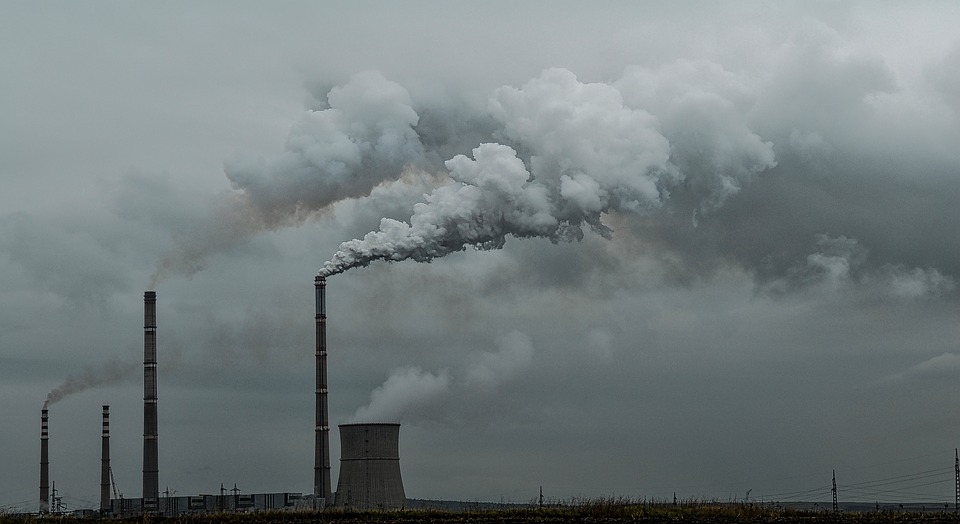TEFLON TRUMP’S TRADE TARIFFS TAKE TWO
Trump will likely win the election.
Trump has said he will introduce new tariffs on Chinese products.
The trade war that started in his previous term can give us some insights into his next term.
Nationwide shipping! Now with Express shipping option as well. Click here for details.
Article courtesy of MARKET MORSEL | BY MATT DALGLEISH , TEM

World leaders have departed the COP26 climate change conference in Glasgow with two key commitments; to reduce methane emissions and to reverse forest loss. Both of these pledges have a livestock element to them, as methane emissions are often touted as a primary reason for reducing the environmental footprint of livestock.
Similarly, deforestation often occurs to pave the way for animal husbandry or to provide pasture/cropping access to serve as a feed source for the raising of livestock, usually with a particular reference to the cattle sector.
Animal activists will regularly quote the supposed environmental impact of livestock production in an attempt to lend credibility to their anti-meat consumption agenda, but do the numbers actually stack up? Is the global emissions footprint of the livestock sector a significant contributor to total greenhouse gas (GHG) emissions?
In a 2020 report from the Climate Watch platform, managed by the World Resources Institute, it was identified that the global energy and transport sector was responsible for 73.2% of total GHG emissions, which were mostly classified as carbon-based.

Meanwhile, agriculture and forestry practices accounted for 18.4% of total emissions, which were predominantly a 60/40 per cent mix of methane versus carbon-based emissions. Interestingly, the livestock component of the emissions ledger accounted for just 5.8% of total global emissions, of which 95% was methane-based.
The distinction between methane and carbon-based emissions is an important one, particularly when it comes to methane emissions from livestock, as the methane emitted by animals (like cattle) will break down into carbon dioxide within about a decade and is recycled back into the soil and plants. Grazing animals subsequently eat the plants, thus closing the carbon cycle loop. In contrast, the carbon emissions created by burning fossil fuels for energy and transport requirements persist in the environment for hundreds of years.
From an Australian perspective, there is a commitment by Meat and Livestock Australia (MLA) for the red meat sector to be carbon neutral by 2030. Indeed, since 2005 the Australian cattle industry have more than halved their GHG emissions and continues to invest in research and development practices, such as the use of seaweed additives into cattle feed rations, that have been shown to reduce cattle methane emissions by 98%.
The “red meat, green facts” website, launched in 2021 by MLA, compares the GHG emissions from the consumption of beef in Australia to driving a car and it highlights that the average annual car use emits double the amount of greenhouse gases than eating beef 3-4 times a week.
Sheep and goats have an even lighter environmental footprint than cattle. Furthermore, from dual-purpose sheep industry perspective, where the animals are raised to provide both wool and meat, there is an additional element of renewable carbon capture and storage.
Analysis of the chemical structure of wool shows that around 50% of the weight of wool is made up of carbon. Sheep are natural carbon capture and storage machines and a fine quality woollen garment, when cared for appropriately, can last decades in the wardrobe.

Globally, 86% of livestock feed intake is made up of plant material that is not edible for humans with animal production systems turning it into high quality, nutrient rich meat protein. Additionally, within Australia less than 8% of our landmass is suitable for cropping purposes and approximately half of the nation’s landmass is managed by red meat producers running pastoral grazing livestock.
So, the next time you notice someone with an anti-meat agenda spruiking the environmental virtues of a meat free lifestyle gently remind them that grazing animal production systems, that are widely practiced in Australia, are part of the carbon neutral solution for the future, rather than a GHG emissions problem that needs to be curtailed.
Additionally, a tonne of emissions produced to deliver essential food and fibre for human survival should be less of a worry than a tonne of emissions created by taking an overseas flight or having the air conditioning on a little longer over a hot summer. Livestock destroying the environment – what a load of bulldust!
*Note – Cropping emissions from the GHG emissions chart includes emissions generated by forestry practices, crop burning and other soil emissions.
Thomas Elder Markets (TEM) is an independent, data-driven market analysis service that provides premium agricultural market insights and reports. Our online reports are provided completely free of charge, with no strings attached. Sign up to the TEM newsletter now.
Great range - quick and secure delivery
Buy securely online and pickup at your local store
Call your local store and come on down to pickup
